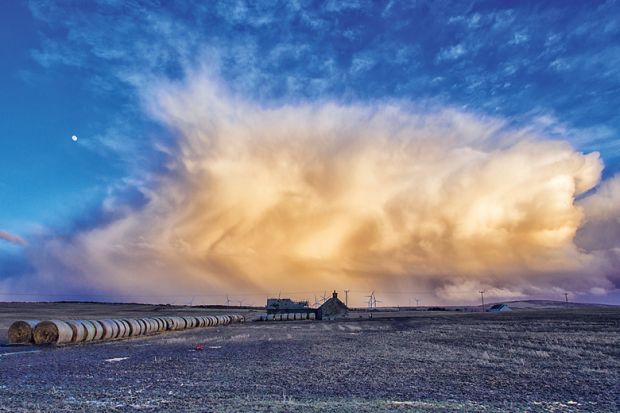The use of the metaphor of creativity as a storm is taken to rather excessive lengths in this book, in my rather British opinion, even though it is used to make the valid point that “creativity cannot be controlled…only be harnessed, to a degree”. Kyna Leski, an architect at the Rhode Island School of Design, writes from her own experience: “I simply want to describe what I have observed, try to convince you of its universality, and encourage you to recognize these processes in your own practice.” I find her candour disarming.
The keywords on the cover of The Storm of Creativity are “Design, Technology, Business, Life”. At times, what is inside reads a bit like a pep talk on good study skills – don’t belabour a problem, get inspiration from a wide variety of sources – peppered with anecdotes and observations from many walks of life (including a particularly enjoyable account of the development of the bar code, inspired by the experience of trailing fingers through sand).
Chapters focus on “Unlearning”, “Problem making”, “Gathering and tracking”, “Propelling”, “Perceiving and conceiving”, “Seeing ahead”, “Connecting”, “Pausing” and “Continuing”. For Leski, these stages “are essentially the same irrespective of whether the creativity is artistic, scientific, technical, business or whatever”. She comes from a very different academic culture to mine, and doesn’t use the word “research”, but what she describes is the process of design research, essentially much the same as “scientific” research, which as we know from Helga Nowotny’s work often involves the creative juggling of a range of uncertainties. This is borne out by Leski’s choice of case studies, which focus in the main on the sciences rather than the arts.
Some of the examples are drawn from Leski’s work as a teacher of architecture. She describes how she sets problems in a design studio that make students unlearn and then relearn the creative process afresh. They are asked, for example, to create structures from unfamiliar materials, challenging their preconceptions of what such a structure might be. Such exercises are now used in business to encourage participants to work in teams and think outside the box. Maybe it should be made more explicit that these businesspeople are being taught to think like architects, or even vice versa. Maybe this is why the profession of architect is sprouting shoots – cloud architect, systems architect and so on.
I find Leski’s description of “tectonics” – the meetings of things, material and immaterial – as the “syntax” of architecture rather lovely. I just wish her studio briefs dwelled less on form and structure and more on lived experience, as they reinforce old conceptions of what architecture is about.
Ever since architecture was conceived as a profession there has been a raging debate, often left tacit, as to whether it is an art, based on a moment of quasi-divine inspiration, or a science, based on observations of the world. It is time that architecture is recognised for pioneering models of research that break down such unhelpful distinctions. This, for me, is the most important – if perhaps unintended – contribution of Leski’s thought-provoking and very readable book.
Flora Samuel is professor of architecture in the built environment, University of Reading.
The Storm of Creativity
By Kyna Leski
MIT Press, 216pp, £17.95
ISBN 9780262029940 and 2330589 (e-book)
Published 8 January 2016
Register to continue
Why register?
- Registration is free and only takes a moment
- Once registered, you can read 3 articles a month
- Sign up for our newsletter
Subscribe
Or subscribe for unlimited access to:
- Unlimited access to news, views, insights & reviews
- Digital editions
- Digital access to THE’s university and college rankings analysis
Already registered or a current subscriber?




